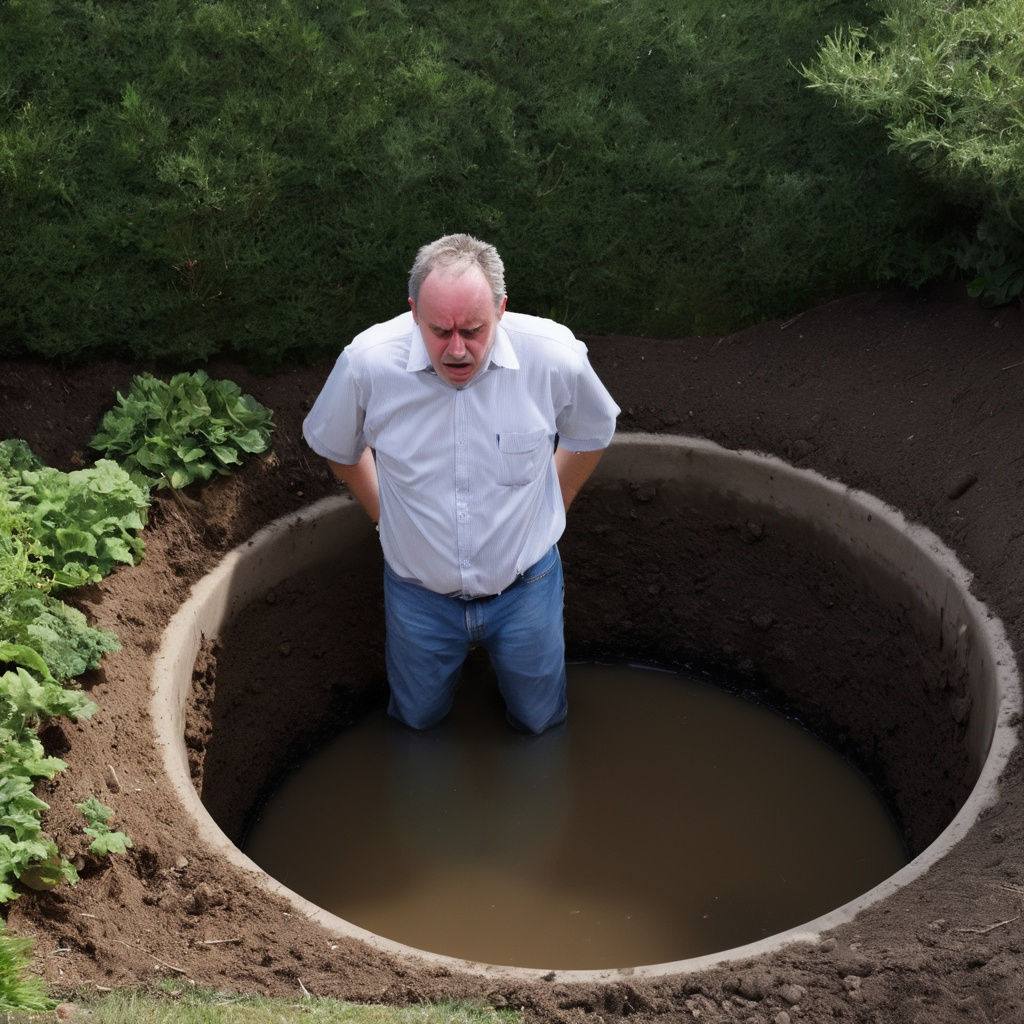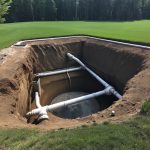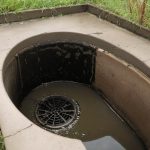The #1 Septic Tank Treatment On The Market
“The released oxygen reacts immediately with the waste substances that are inside your septic tank and reduces, then slowly eliminates the smell – in just 3 to 5 days.”
Your septic system is one of those behind-the-scenes heroes of your home—until something goes wrong. When a septic system fails, it can lead to messy, expensive, and even hazardous problems. The key to avoiding a full-blown disaster is catching the warning signs early. Here are five red flags that your septic system might be in trouble and what you should do about them.
1. Slow Drains and Backups
If your sinks, showers, or toilets are draining slower than usual, it could be a sign that your septic system is struggling. While a single slow drain might just be a clog, multiple slow drains throughout your home often point to a bigger issue, such as a full septic tank or a failing drain field.
In more severe cases, you might experience sewage backups in your home. This is a clear indication that wastewater isn’t flowing properly through your system and is instead backing up into your pipes. If you notice gurgling sounds, water pooling around floor drains, or sewage coming up through your sinks or toilets, it’s time to call a septic professional immediately.
2. Unpleasant Odors
A properly functioning septic system should be odorless. If you notice a persistent sewage smell in your yard, especially near the drain field or septic tank, it’s a sign that something is wrong. These odors occur when wastewater isn’t being properly filtered and instead rises to the surface or escapes from the tank.
Unpleasant smells inside your home are an even bigger red flag. If you detect a sewage odor in your bathrooms or kitchen, it could mean that sewer gases are escaping from your septic system and entering your living spaces. This is not only unpleasant but also a health hazard, as these gases can contain harmful bacteria and pathogens.
3. Lush, Green Grass Over the Drain Field
While a green lawn might seem like a good thing, an unusually lush patch of grass over your drain field could indicate trouble. When a septic system is failing, it may release excess nutrients and moisture into the soil, acting as a fertilizer for the grass above it.
This happens because the drain field is no longer effectively absorbing wastewater, causing it to pool near the surface. If you notice one area of your yard is significantly greener and grows faster than the rest, it’s worth having your septic system inspected.
4. Standing Water or Soggy Areas
Puddles or soggy, muddy spots in your yard, particularly near the drain field or septic tank, are a strong indicator of a failing system. When the drain field can no longer absorb wastewater, it rises to the surface, creating these wet areas.
Standing water is more than just an eyesore—it’s a serious issue that needs immediate attention. It can lead to contamination of nearby water sources, pose a risk to your family and pets, and even damage your property. If you notice standing water or soggy ground, contact a septic professional right away.
5. High Nitrate Levels in Well Water
If your home uses a well for drinking water and your septic system is failing, you might notice changes in your water quality. High nitrate levels in well water can be a sign that wastewater is seeping into the groundwater.
Nitrates are particularly dangerous for infants and pregnant women, as they can interfere with the blood’s ability to carry oxygen. If you suspect your well water is contaminated, have it tested immediately. Regular water testing is a good practice for all homeowners with septic systems, as it can help you catch problems before they become serious.
What Should You Do If You Notice These Signs?
If you observe any of these warning signs, don’t ignore them. Septic system problems won’t go away on their own—they’ll only get worse over time. Here’s what you should do:
- Call a Professional: Contact a licensed septic system inspector or technician to assess the situation. They can determine the cause of the problem and recommend the best course of action.
- Pump Your Tank: If your septic tank is full, pumping it may resolve the issue. Regular pumping every 3-5 years is essential for preventing system failures.
- Conserve Water: Reduce water usage to ease the strain on your septic system while you address the problem.
- Consider Upgrades: If your system is old or outdated, it might be time to invest in a newer, more efficient model.
Prevention Is Key
The best way to avoid septic system trouble is through regular maintenance. Pump your tank regularly, avoid flushing non-biodegradable items, and be mindful of what goes down your drains. By staying vigilant and addressing issues early, you can keep your septic system running smoothly and avoid costly repairs down the line.
Your septic system is a vital part of your home—don’t wait until it’s too late to take care of it!
The #1 Septic Tank Treatment On The Market
“The released oxygen reacts immediately with the waste substances that are inside your septic tank and reduces, then slowly eliminates the smell – in just 3 to 5 days.”


